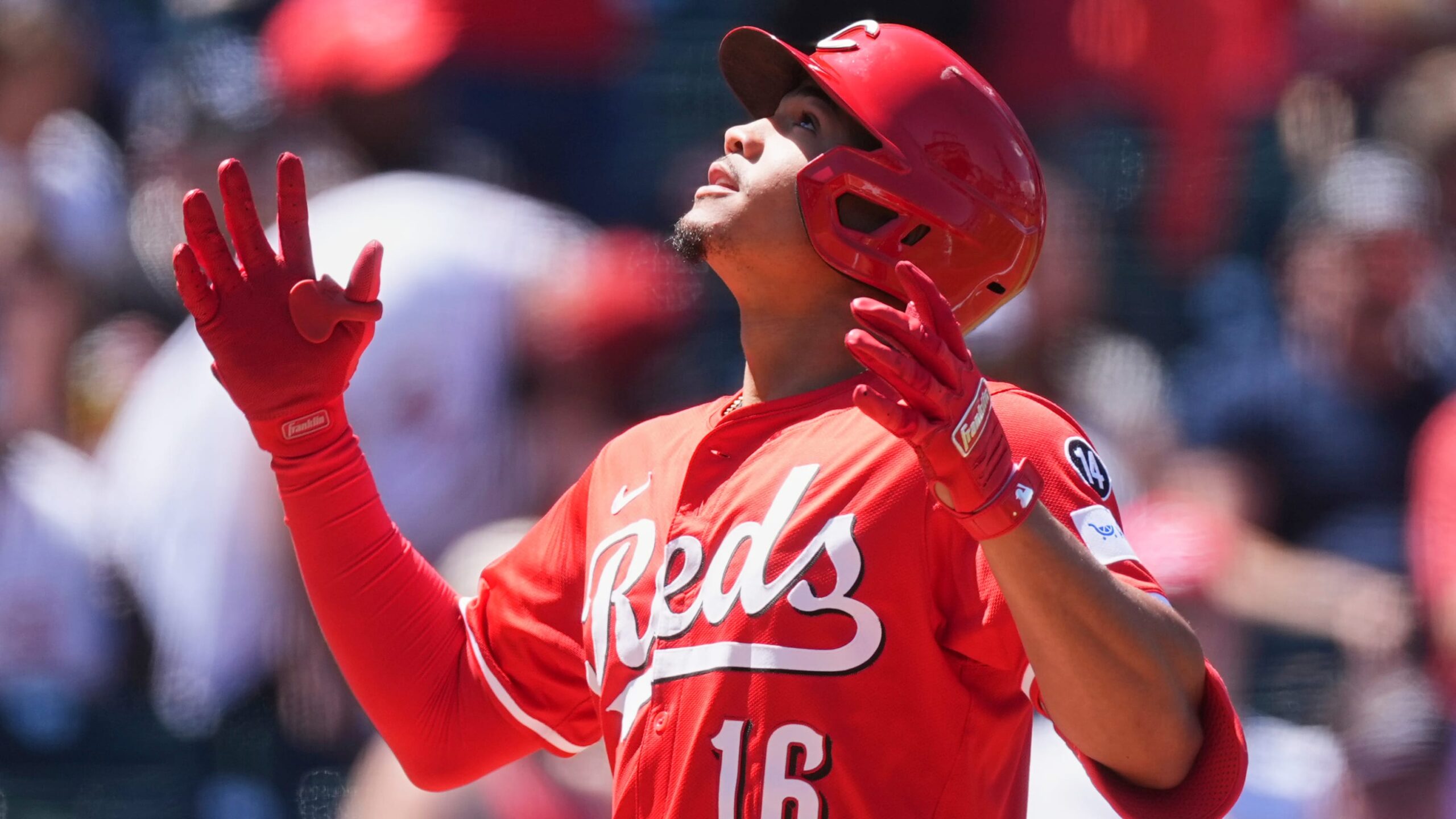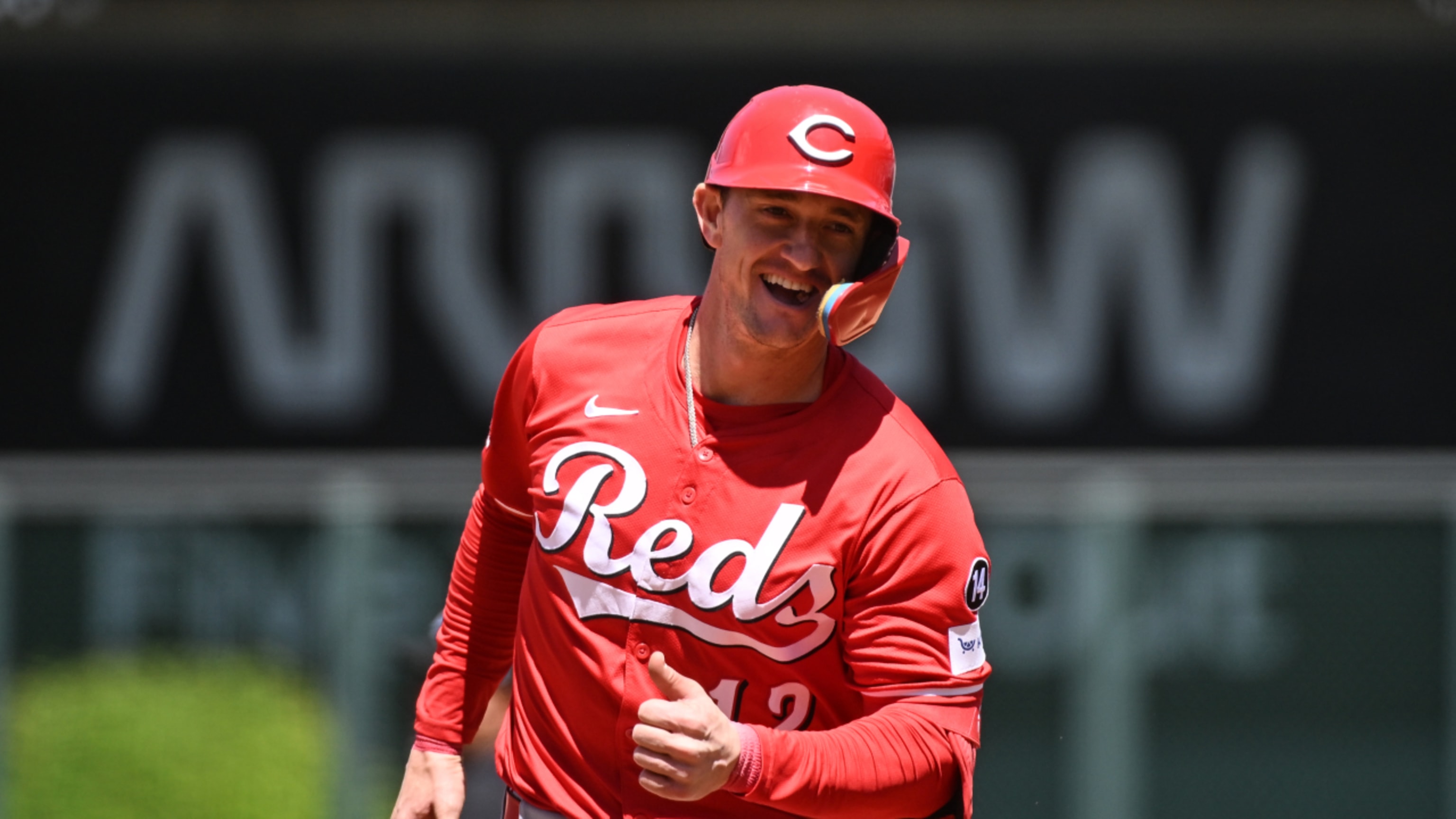
The 2025 season has come to an end for the Cincinnati Reds. But was it a success or a disappointment? That depends on who you ask. The Reds finished with an 83-79 record before being swept 2-0 by the Los Angeles Dodgers in the National League Wild Card Series.
Now, with the offseason underway, the organization faces crucial decisions about its roster. Three players have contract options, and five others are set to hit free agency — making this a defining moment for the team’s front office.

One of those decisions involves Austin Hays, who has a $12 million mutual option for 2026. Both Hays and the Reds would need to exercise it for him to stay in Cincinnati, unless they negotiate a new deal. In today’s market, that figure isn’t excessive, but the key question is whether he — and the team — are worth that investment.
Hays appeared in 103 games this season, marking his second straight year of durability issues after logging between 131 and 145 games annually from 2021 to 2023 with the Baltimore Orioles. In those 103 games with the Reds, he posted a .266/.315/.453 line and a 105 OPS+ (league average is 100, adjusted for ballpark effects).
While Hays started the season hot — batting .388/.444/.755 with three doubles, five walks, and five home runs over his first 12 games — his production tailed off significantly. Over his final 91 games, he hit just .248/.296/.408 with 24 walks and 95 strikeouts.

Defensively, metrics from both Baseball Reference and FanGraphs have rated him below average in recent years. Some of that may be tied to injuries, as his numbers were stronger earlier in his career.
Still, at 30 years old, he’s lost some speed and range, no longer serving as an option in center field. Baseball Savant did grade him as one out above average in 2025, though defensive metrics tend to be less precise than hitting or pitching statistics.
From Hays’ perspective, a multi-year contract would provide financial security, though it’s unlikely he’ll command $12 million annually given his recent track record. A two- or three-year deal worth slightly more in total value seems more realistic.

For the Reds, the bigger question is whether that $12 million could be better spent elsewhere — particularly on improving the offense. Internally, there are potential replacements. Spencer Steer, who played left field before shifting to first base due to shoulder issues, could return to the outfield if top prospect Sal Stewart takes over first base duties in 2026.
The team could also give expanded roles to Will Benson, Rece Hinds, or even promote Hector Rodriguez to see what he can contribute.
Hays offers a steady, if unspectacular, baseline as a starting left fielder. However, as he approaches his 31st birthday in early 2026, his ceiling appears limited — even in his best seasons, he’s been more of a solid contributor than a standout performer.
Considering their depth and likely stagnant payroll, the Reds may decline their portion of Hays’ option. The front office has learned that the lineup needs more impact bats — and players who fit that description typically cost real money, whether through free agency or arbitration.
In that light, declining a $12 million option on an aging, league-average hitter seems like a logical move as Cincinnati looks to allocate resources toward adding genuine offensive firepower.



Be the first to comment